Since 1982, North America’s yearly temperature has increased at an average rate of 0.34°C (0.61°F) per decade, more than double the rate of previous decades.
With the summer of 2023 breaking records as the hottest, finding effective cooling hacks for your home is needed now more than ever. Fortunately, there are simple and eco-friendly ways to keep your home cool without relying solely on air-conditioning.
Let us explore some natural cooling techniques to help you stay comfortable and reduce your carbon footprint.
Keep the Windows Covered
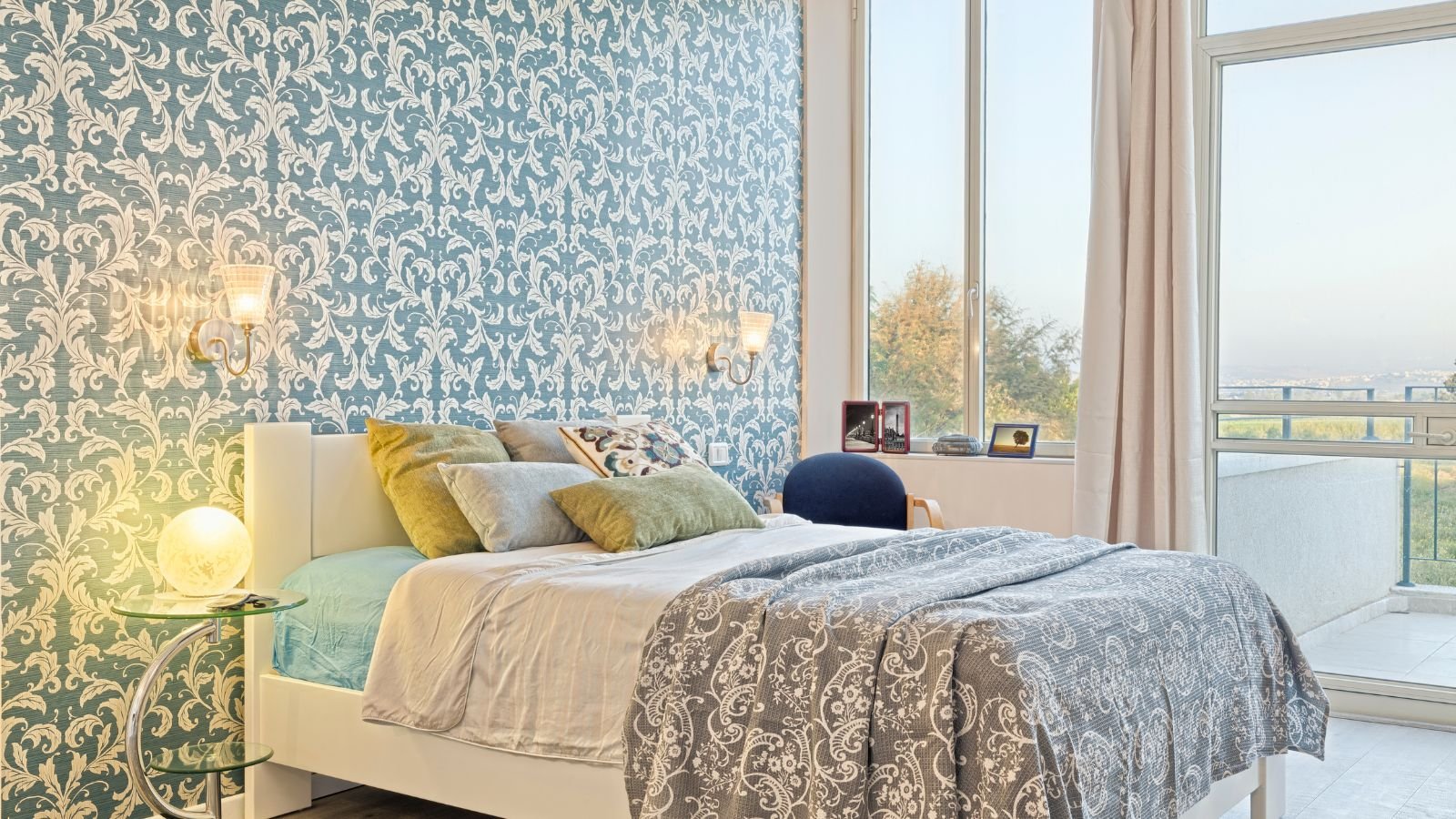
Minimizing heat absorption through windows during the summer is crucial. Installing blinds or curtains, especially on north and west-facing windows, can significantly reduce indoor temperatures. Light-colored curtains with a white plastic lining can reduce up to 33% heat gain. Moreover, shades or curtains of materials like jute or bamboo prevent the house from becoming warm. Drawing the curtains during peak daylight hours (11 AM to 4 PM) prevents heat buildup. Additionally, consider blackout curtains to create a barrier against the sun, keeping your home cool and comfortable.
Opt for LED lights

Your lightbulbs can significantly impact your home’s temperature. Incandescent and halogen bulbs, while common, emit a substantial amount of heat, contributing to rising indoor temperatures. LED light bulbs are significantly more energy-efficient as they produce minimal heat. In contrast, incandescent bulbs release 90% of their energy as heat, while CFLs emit around 80% of energy in the form of heat. Therefore, consider swapping out those traditional bulbs for LEDs to enjoy a more comfortable and sustainable living space.
Cross-ventilation is Key

While fans alone may not lower temperatures, they help create a refreshing cross breeze when used strategically. Open windows when the weather is cool (5 AM-8 AM and 8 PM-10 PM) for optimal air circulation. Studies show that natural ventilation can reduce indoor temperatures by 3.1 degrees Celsius on a typical hot day.
Tune Your Ceiling Fans
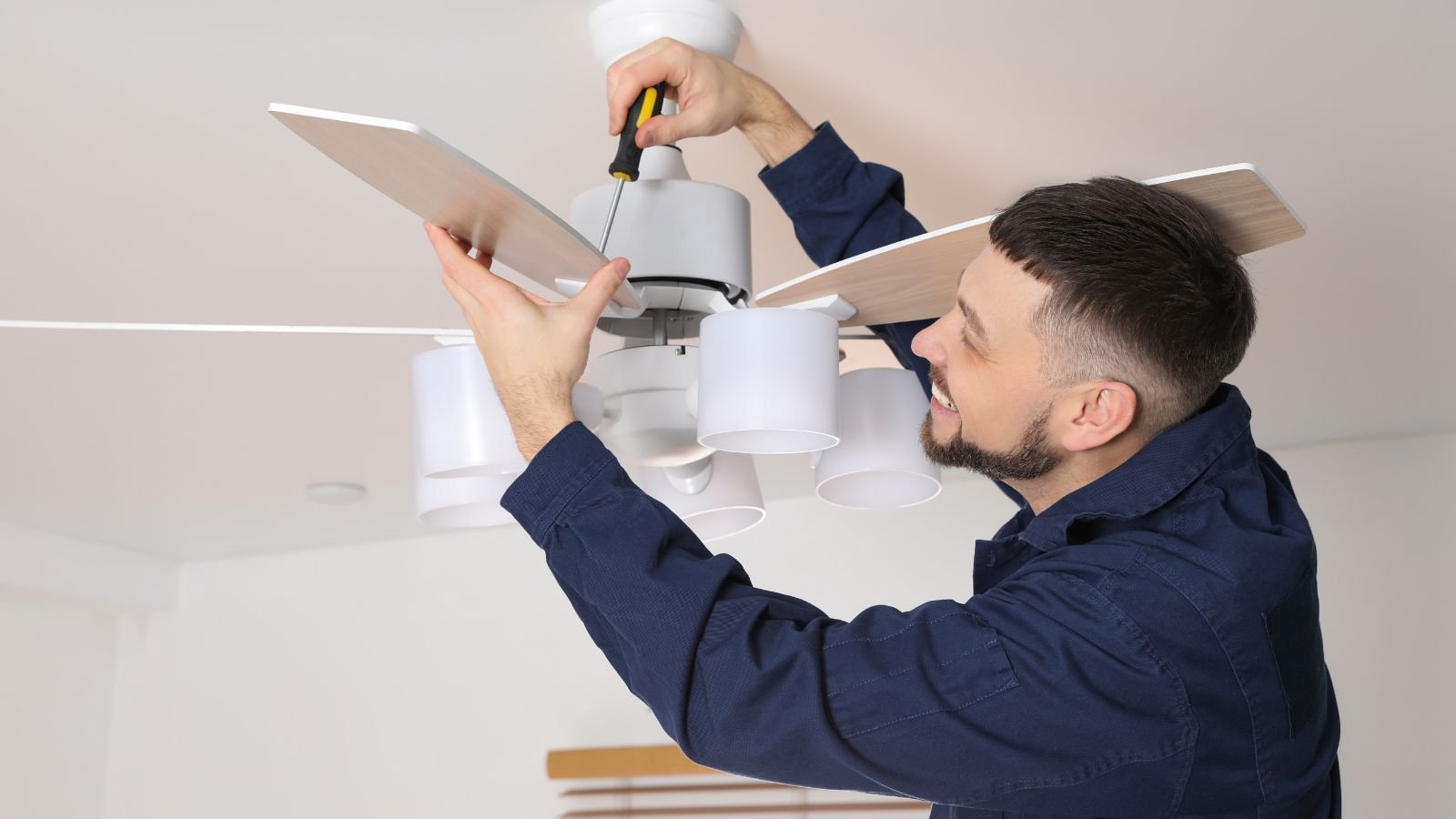
Although fans are only 36% as effective as air-conditioners, they possess a hidden cooling potential. Setting your fan to rotate counter-clockwise during summer can create a refreshing downdraft, similar to a breeze. This simple adjustment can significantly improve your comfort without relying solely on air conditioning.
Bring Plants to the Rescue
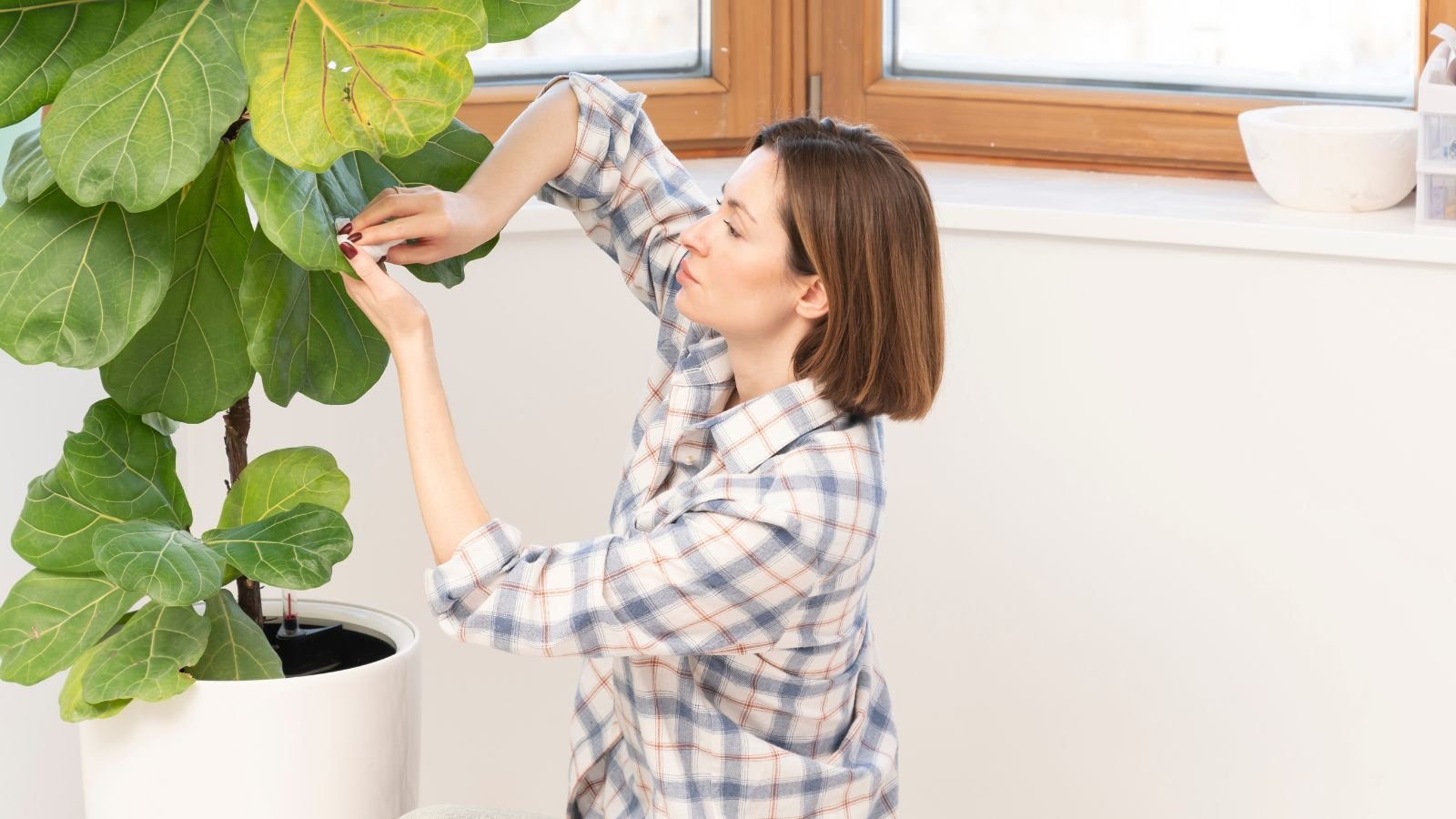
Embrace the power of plants for natural cooling. Strategically placed trees, vines, and grass can significantly reduce indoor temperatures. Studies show a cooling effect of up to -0.7 degrees Celsius. They block direct sunlight and provide shade. Additionally, indoor plants like areca palms and ferns can help purify the air and create a more comfortable environment. Thus, consider incorporating greenery into your home for a sustainable and refreshing living space.
Shade Nets are a Lifesaver
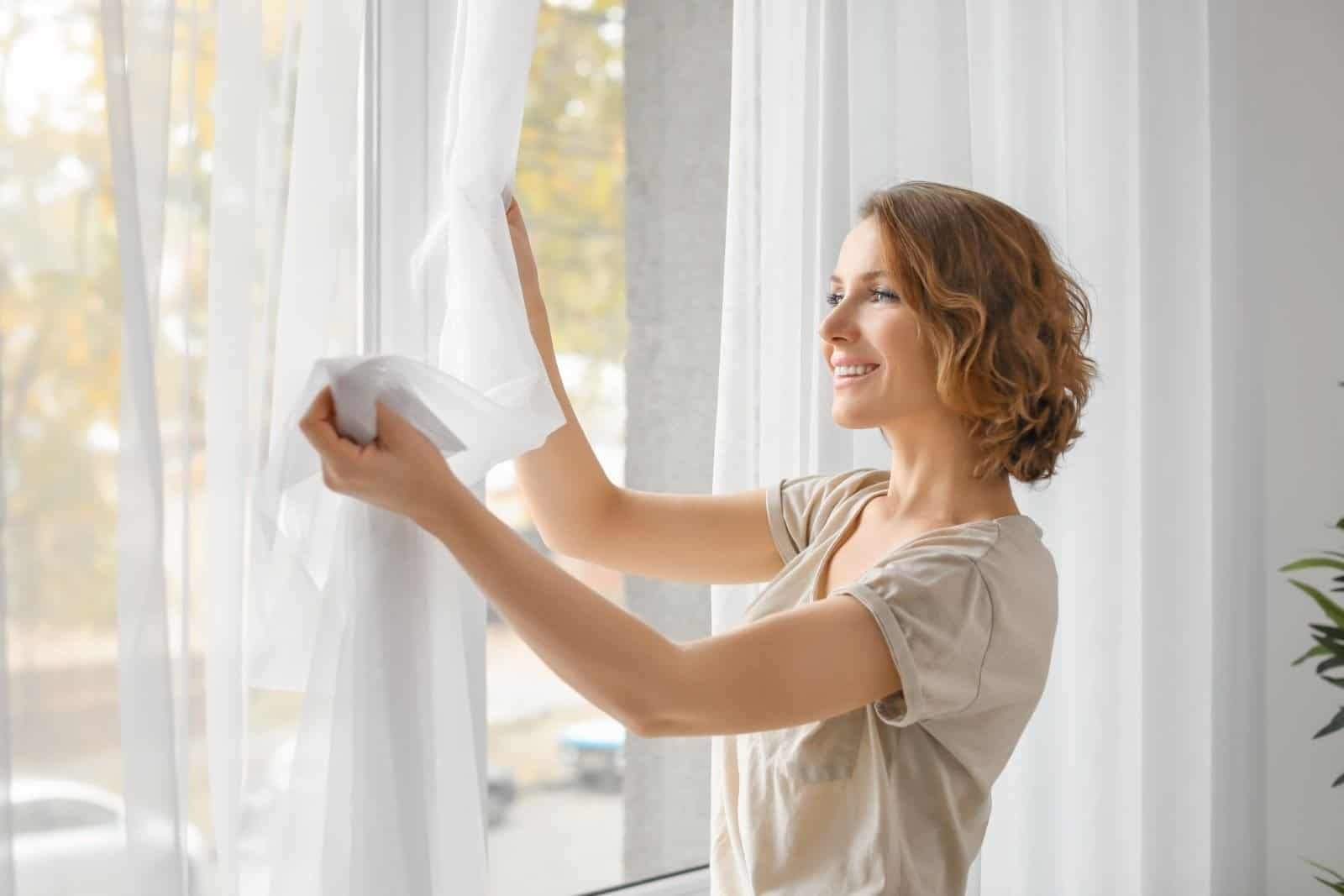
Shade nets offer a practical and effective way to combat the intense summer in the States. By blocking harmful ultraviolet rays and reducing heat absorption, these coverings can significantly lower temperatures on patios and outdoor spaces, creating a more comfortable and enjoyable environment. Studies have shown that shading nets reduce solar radiation by up to 57.86%, leading to a noticeable decrease in indoor temperatures, ranging from 2.3 to 3.4 degrees Celsius under natural ventilation conditions.
Shut Out the Heat

Preventing unwanted heat from entering your home is essential for ensuring a comfortable indoor environment during hot summers. Start by closing doors to unused rooms to limit the flow of warm air into cooler spaces. Additionally, ensure any gaps around windows and doors are sealed to keep the cool air inside and block hot air from seeping in. Follow these easy steps to effectively shut out the heat and create a more comfortable living space, even during the hottest parts of the day.
Create a DIY Cooling Breeze with Your Fan

Roughly 13% of American households do not have air conditioning at their home. In such cases, Beat the heat with a simple DIY cooling hack using your fan. Place a bowl of ice in front of the fan to create a refreshing mist that lowers the indoor temperature. This simple and cost-effective solution provides immediate relief and keeps your home more comfortable during the hottest days.
Use Natural Fabrics for Upholstery

79% of the U.S. population expresses comfort and softness as the most valued attributes of cotton upholstery, making it a popular choice for those seeking a pleasant and comfortable sleep environment. Choosing lightweight materials like linen and cotton for upholstery and bedding makes it feel cool against the skin, promotes air circulation, and helps to reduce indoor temperatures to create a more comfortable living space. Avoid heat-absorbing materials like leather and polyester to ensure a refreshing and cool environment.
Invest in Good Painting Options
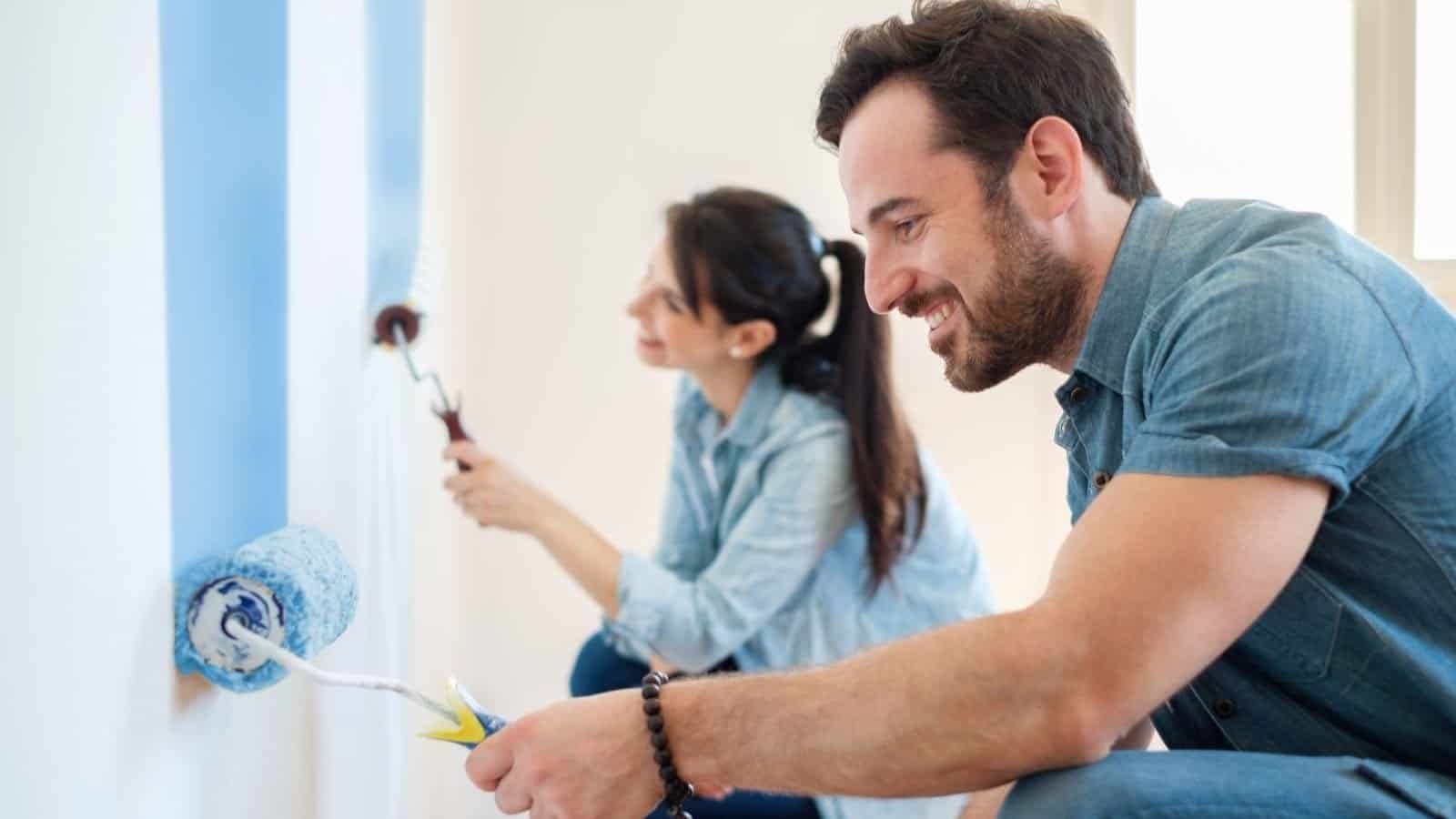
Light-colored, UV-reflective paint on your roof and walls can help reduce the energy needed for cooling by approximately 10%. It not only enhances the appearance of your home but also helps reduce indoor temperatures by reflecting sunlight. Moreover, investing in energy-efficient roofing materials and insulation can further improve the cooling capabilities of your home, leading to lower energy bills and a more comfortable living space.
Reduce the Usage of the Stove and Oven
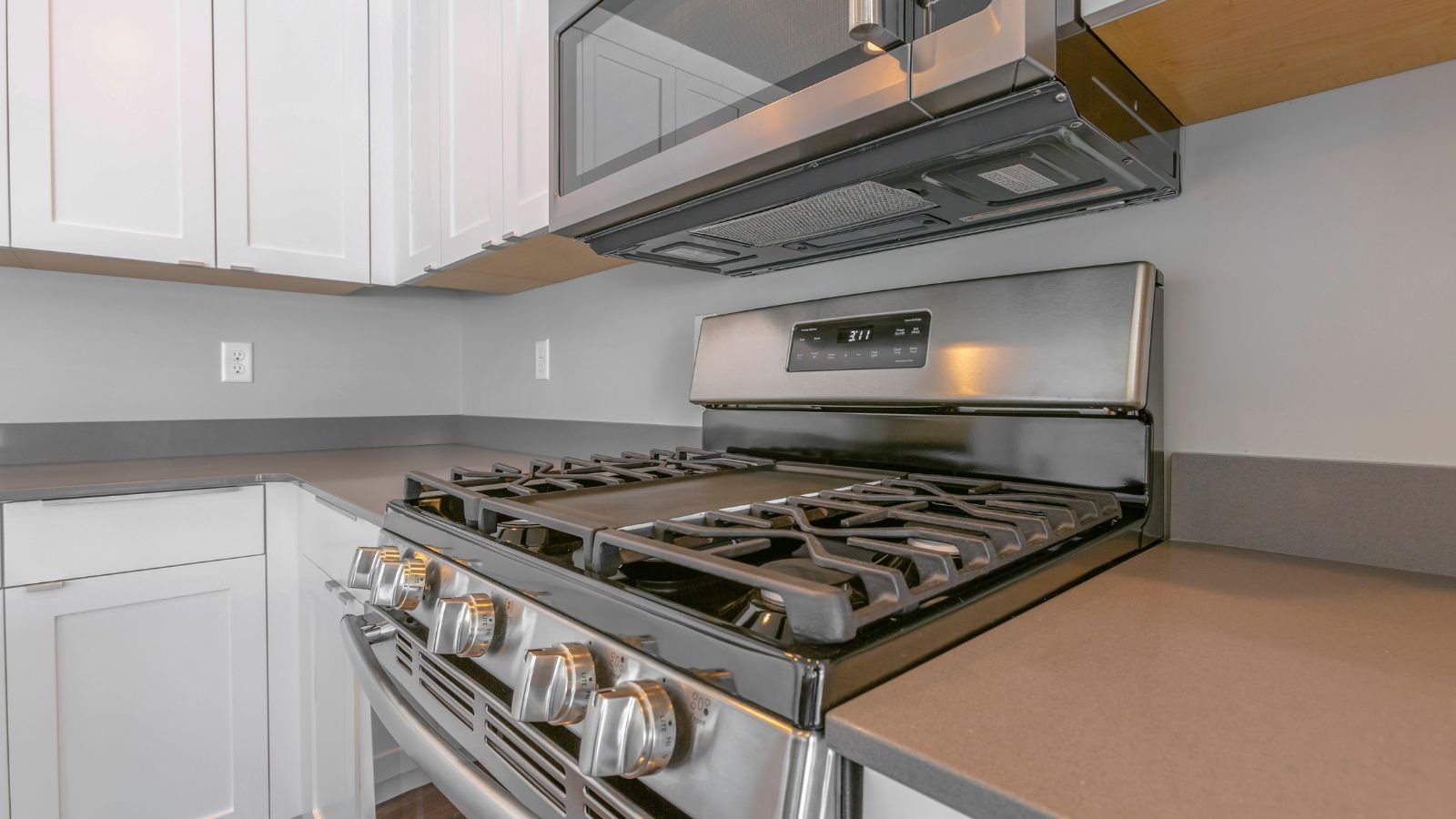
Avoid unnecessary heat generation in your home this summer. Minimizing stove and oven usage can significantly reduce indoor heat. Various studies show that ovens can raise indoor temperatures by about 0.8 degrees Celsius. One should opt for outdoor cooking methods like grilling or using a firepit to enjoy delicious meals without adding to the warmth. This simple lifestyle change can create a cooler and more comfortable home environment.
Keep the Kitchen Exhaust Running
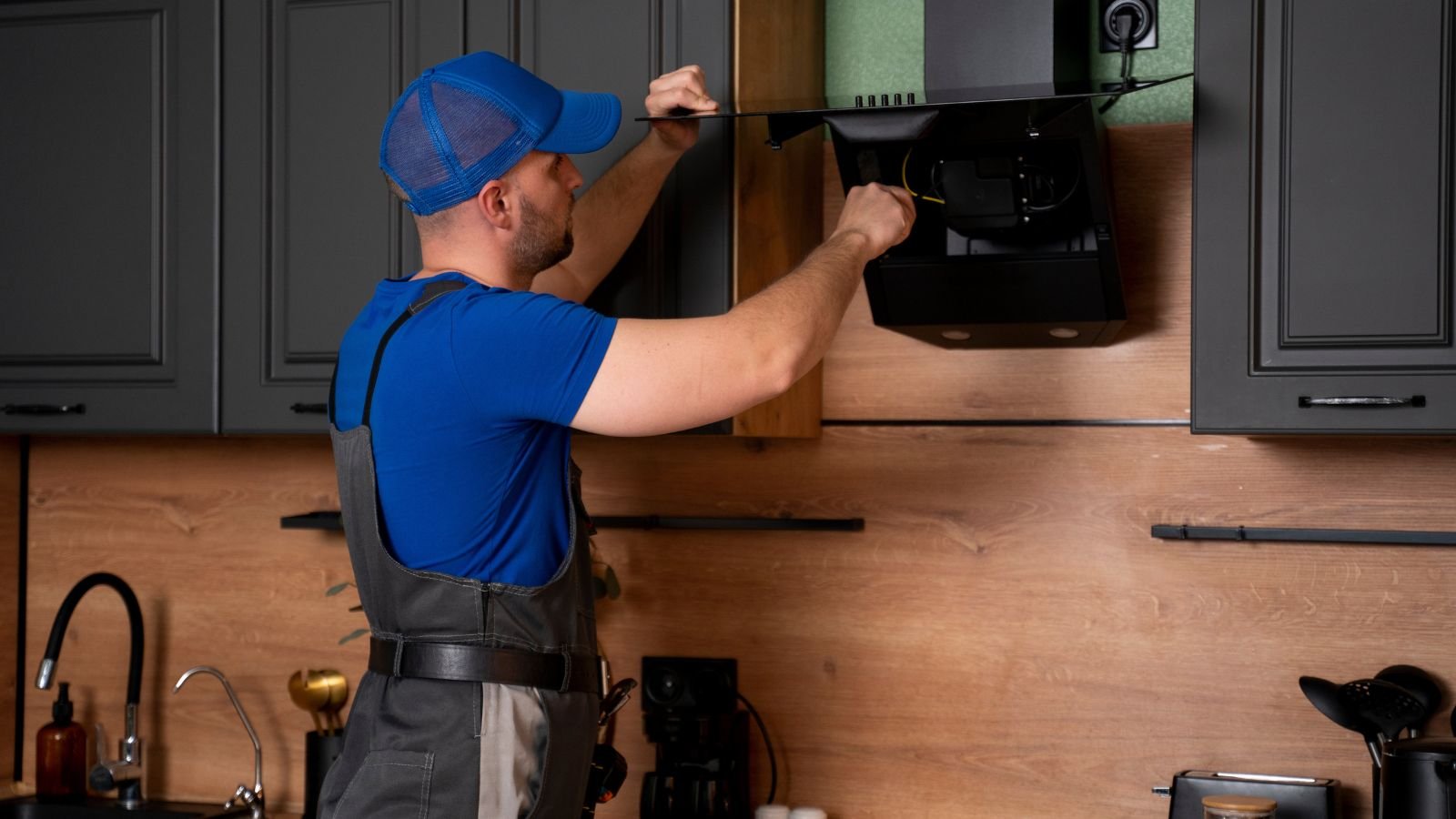
Maximize the cooling efficiency of your house by utilizing your exhaust fans. Exhaust fans improve indoor air quality and potentially lower temperatures during and after cooking. Thus, by turning on your exhaust fans during and after cooking or showering can create a more comfortable and refreshing living space. Moreover, by installing a vented hood fan, you can cut cooking-related heat generation in your kitchen by 50%.
Unplug Electronics When Not in Use
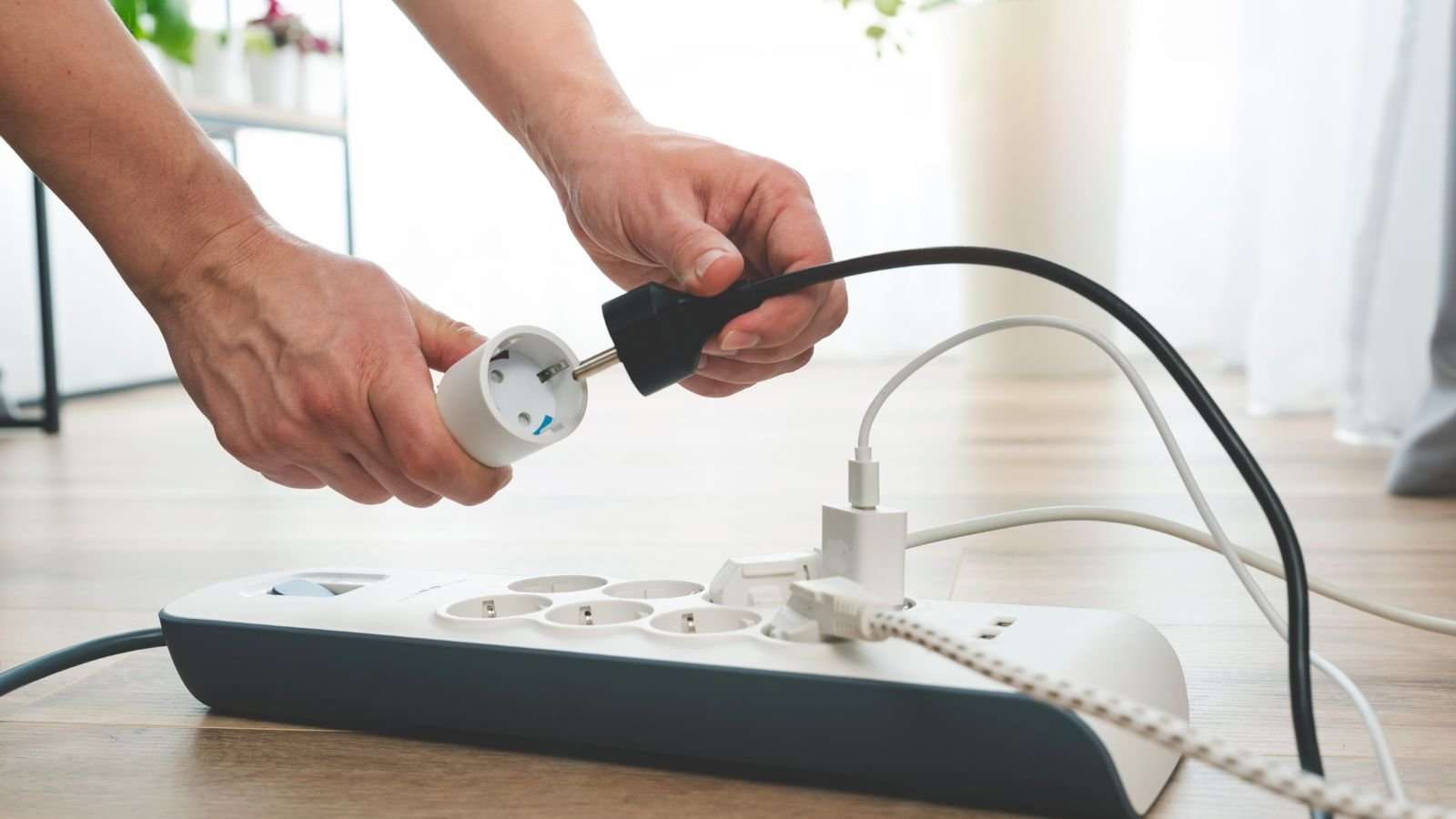
Unplugging electronics when they are not in use can help reduce heat generation in your home. Many devices continue to draw power and generate heat even when turned off. For instance, a laptop processor can give off around 70℃.
A survey indicated that 37% of individuals report turning off their computers every night, while the majority (63%) leave their devices running overnight. This practice contributes significantly to heat generation within homes. Thus, you can minimize unnecessary heat production and create a more comfortable living environment by unplugging these devices when they are not in use.
Use Damp Curtains
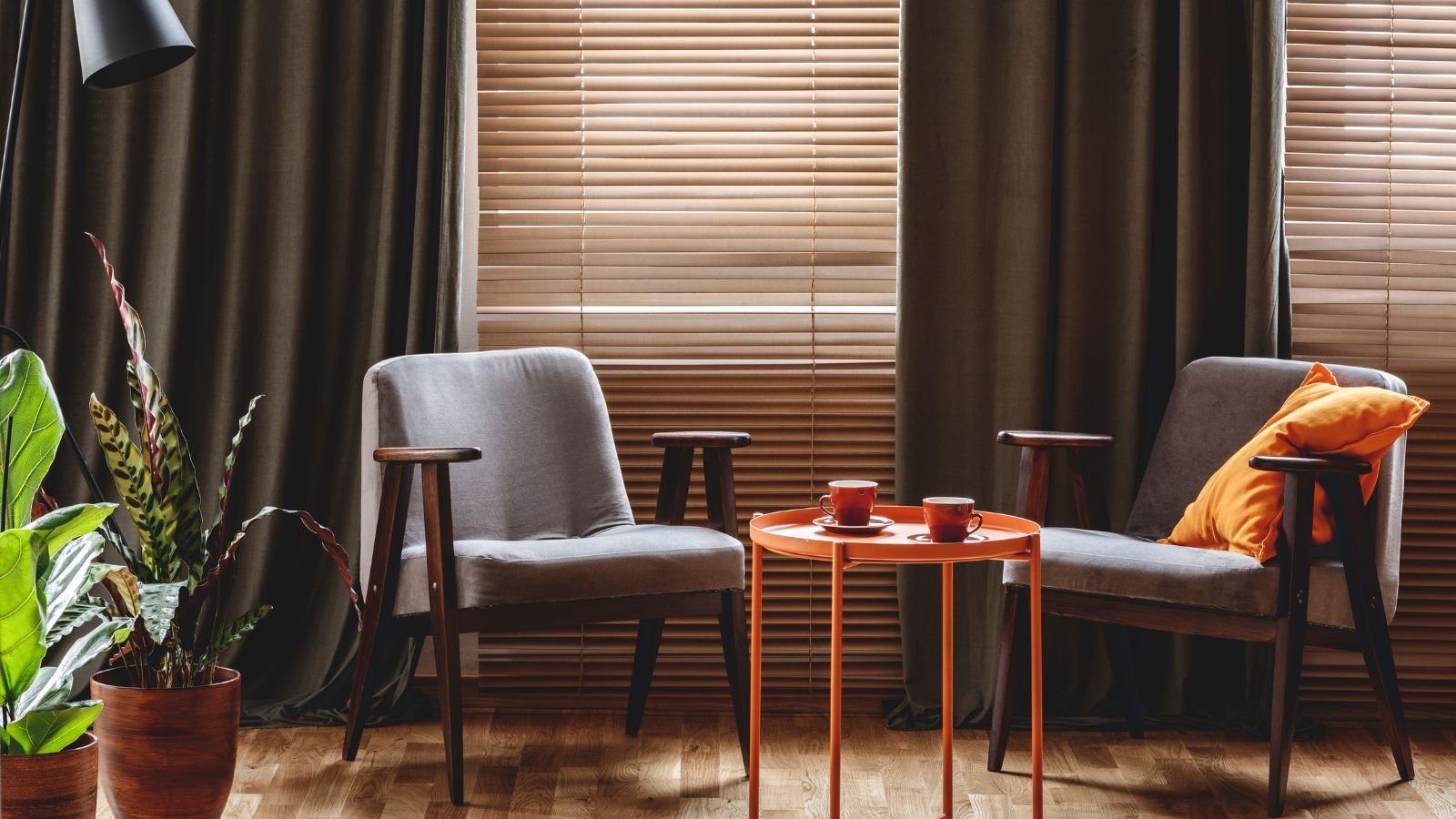
Hanging damp curtains or a wet cloth near open windows can help cool your home naturally. As the hot air passes through the damp fabric, the water evaporates, absorbing heat from the air and creating a cooling effect. Regions with high humidity and limited access to air conditioning can benefit from this method as it is an effective way to combat indoor heat.
